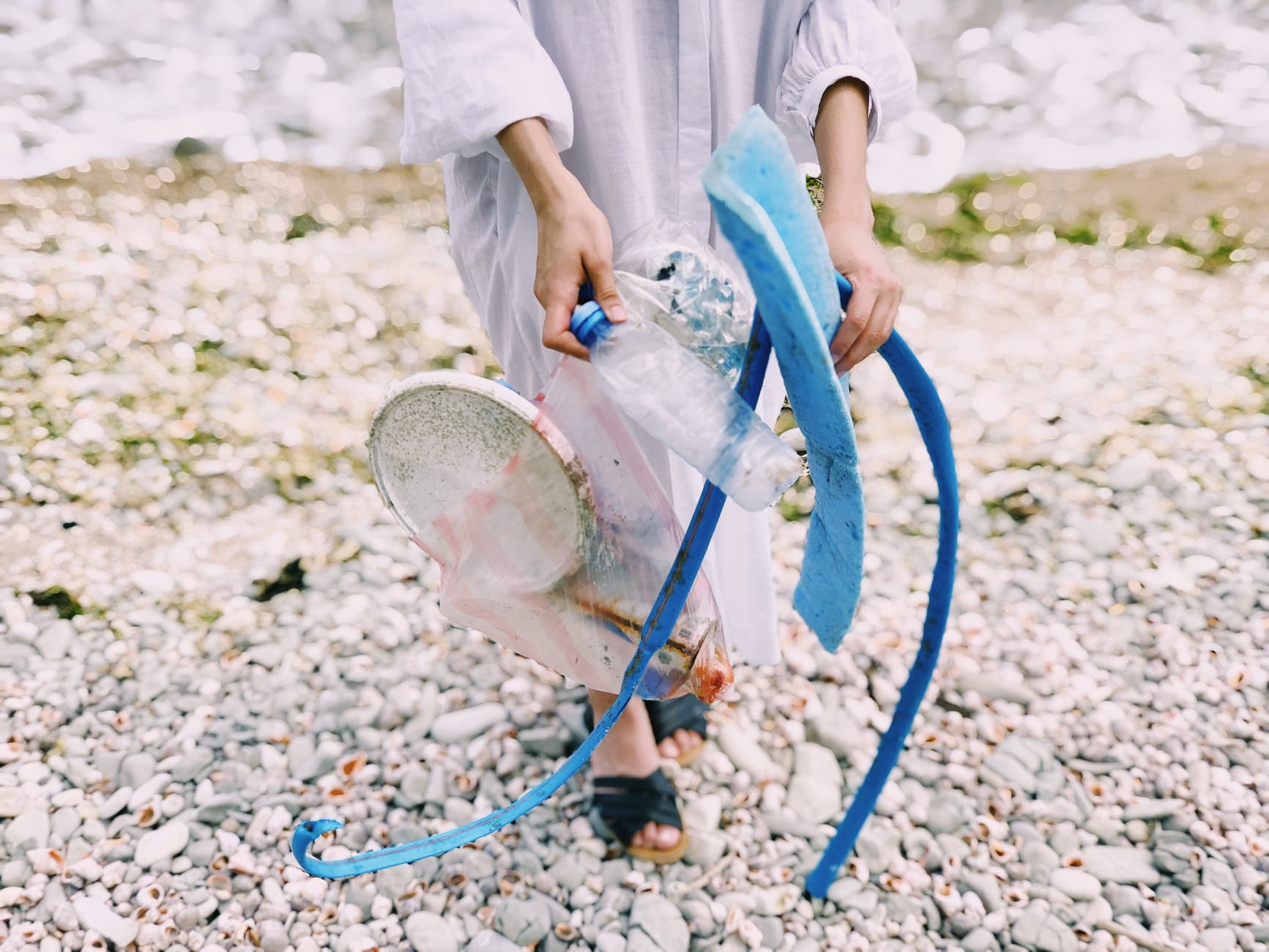After the global warming, plastic is one of the greatest threats to the future of our oceans, its coral reefs and marine life. In Asia-Pacific region alone there is over 11 billion pieces of plastic in the coral reefs. Estimates suggest that this number will grow up to 15 billion by year 2025.
Plastic bags, bottles, straws, cups, etc. can be seen just floating around and on the reefs.
Over 275 million people worldwide depend on coral reefs as food source, tourism income source, or are connected to them in cultural and traditional way.
In a research published in Science, international team of explorers has studied over 150 coral reefs from four countries in Asia-Pacific region from 2011 to 2014. Plastic was found on third of the reefs. Most of them in Indonesia, seconded by Thailand and Myanmar and then Australia.
Great Pacific Garbage Patch contains roughly 80 000 tons of plastic, floating between California and Hawaii. Especially dangerous is micro-plastic, plastic peace’s smaller than 5 millimeters, which has tripled since 70`s. Fish and other sea organism then swallow this pieces of plastic which are after transferred up the food chain, because sea birds, seals and other sea predators eat the fish containing the plastic.
Unfortunately the Great Pacific Garbage Patch is not the only “plastic island” in the Pacific. In the south Pacific researcher Charles Moore has found another garbage patch size of two France. Located between coasts of Chile and Easter islands millions and millions of tiny plastic pieces slowly form an island of trash.
Plastic pollution is also dangerous for another reason, it can act as a sponge, absorbing and storing toxic chemicals like pesticides. Once in animal’s stomach, such plastic can release toxic elements causing health problems.
Another great threat marine life encounters is entanglement. Discarded fishing nets or ropes pose a great threat, because animals get entangled and can’t get out, or try to swallow it thinking it’s a meal. Most of them then die.
Every minute around million plastic bottles are sold worldwide. It is estimated that number will grow another 20 percent by 2021 according to Guardian, which will result in ecological crisis as serious as climate change. This is mostly due to rapid urbanization and spreading the western busy lifestyle in China and other Asia-Pacific countries, which contributes largely to water pollution
Indonesia alone produces 130 thousand tons of plastic waste and only half of that amount reaches landfills. Large part of it is illegally burned or dumped in rivers and oceans. Poor government planning, low level of consciousness and general neglect, result in Indonesia being second largest polluter after China.
Ellen MacArthur foundation estimates that by year 2050 there will be more plastic than fish, if measured by weight. Between 5 and 13 million tons of plastic are dumped in the oceans each year and swallowed by fish, sea birds and other organisms.
Up to 95% of plastic that ends up in world’s oceans comes from just 10 rivers, eight of which are in Asia according to Dr. Christian Schmidt from Helmholtz-Centre for Environmental Research in Leipzig, Germany.


